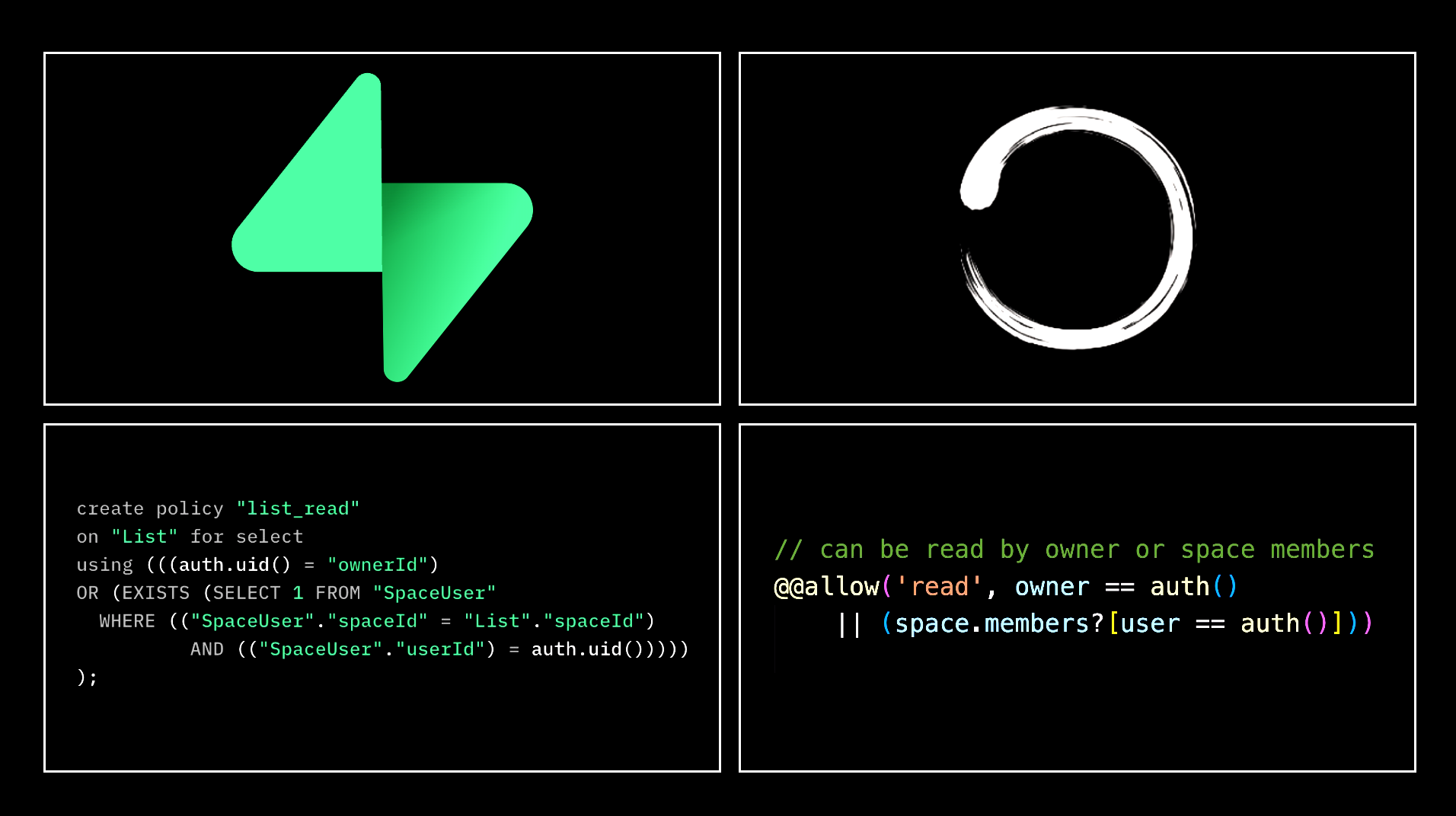ZenStack - The Next Chapter (Part III. New Plugin System)

In the previous post, we discussed the new extensibility opportunities of the core ORM by adopting Kysely. In this post, we'll continue exploring the plan for v3's new plugin system that allows you to deeply customize ZenStack's behavior in a clean and maintainable way.








